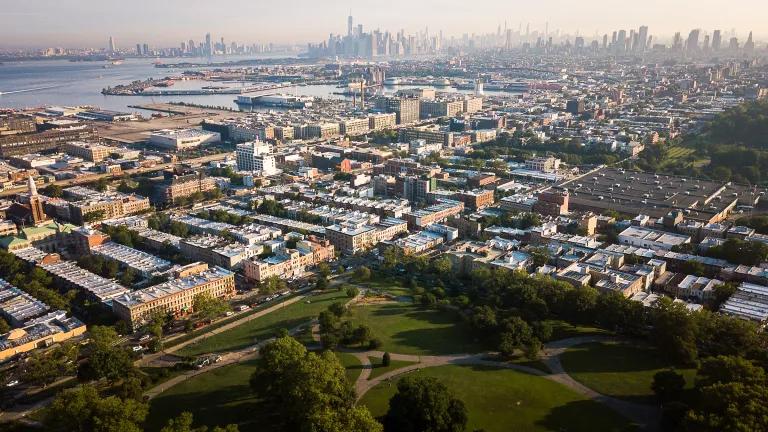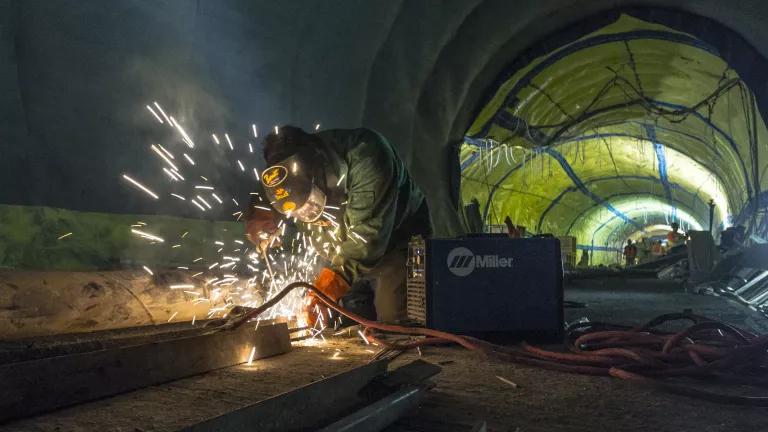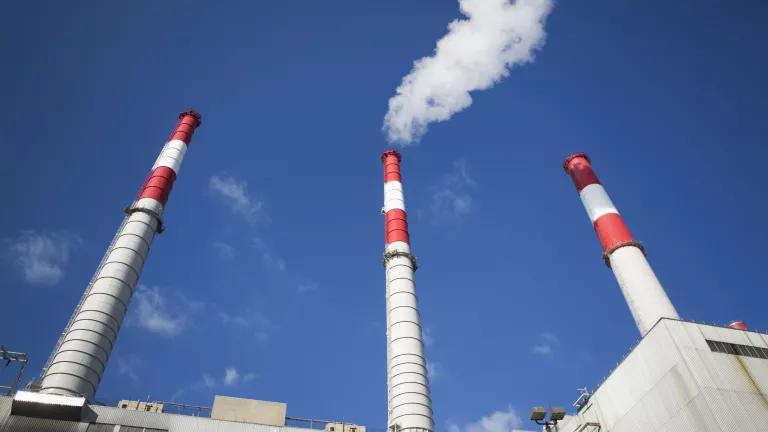"Promised Land" powerfully highlights what's at stake for communities in fracking's path
I was fortunate to have the chance last week to attend an early screening of "Promised Land," the compelling new fracking movie starring Matt Damon, Frances MacDormand and John Krasinski and directed by Gus Van Sant. The film, which opens in selected cities today and nationwide on January 4th, effectively highlights the very real costs that communities confront when fracking comes to town – costs to their essential character and quality of life.
“Promised Land” is set in a small farming town that is almost certainly meant to be in Pennsylvania, where it was filmed. Pennsylvania is a hotbed of fracking activity and has become the poster child for all that can go wrong when a state decides to let the frackers in before fully considering the risks and putting safeguards in place.
But “Promised Land” isn’t really about that aspect of fracking – important as it is. Instead, the movie is concerned with the Hobson’s choice that many communities face when the oil and gas industry comes to town. Is the prospect of speculative economic gain worth sacrificing your hometown’s traditional rural/agricultural character and bucolic landscapes? Because no matter where one stands in regards to the debate about fracking’s potential environmental and public health threats, there is no question that oil and gas development is a heavy industrial activity – one exemplified by extraordinary levels of heavy truck traffic, noise, dust and visual assaults. It is also one accompanied by a significant influx of transient out-of-state workers, and frequently characterized by the standard boom-and-bust cycles of fossil fuel development.
These are not impacts that can be addressed through better rules or tighter enforcement by state governments (though both are certainly necessary to address the wide range of environmental and health threats posed by fracking). Rather, these community impacts are inherent in the nature of oil and gas development.
As “Promised Land” powerfully depicts on the strength of the actors' performances and gorgeous cinematography, all of this adds up to a choice for the towns in fracking’s path as to whether to take a gamble on what is, inevitably, an utterly transformational industry.
This is not to deny that many communities are, like the one represented in the film, facing severe economic straits. But what we as a society should be giving such communities are real options for clean, long-term, stable economic growth, such as policies that revitalize sustainable agriculture and encourage renewable energy development.
The story “Promised Land” tells is why NRDC created the Community Fracking Defense Project, which is designed to help provide localities with the legal tools they need to make their own decisions about whether to accept fracking’s inescapable effects. Unlike the town portrayed in the film, communities in most states – including Pennsylvania – don’t currently have the right to just say no to fracking. New York, so far, is a notable example, and communities in Colorado and Ohio have recently undertaken actions in an effort to establish their rights to do so. NRDC, working with our local partners, is fighting to expand, enhance and protect the rights of communities to opt out of fracking, or at the least to limit where and how it occurs.
At the end of the day, what “Promised Land” is about is a fundamental, and much-coveted, American principle – that of a community’s right to self-determination. The oil and gas industry simply should not be allowed the unique power it has been given to trample on that right.



